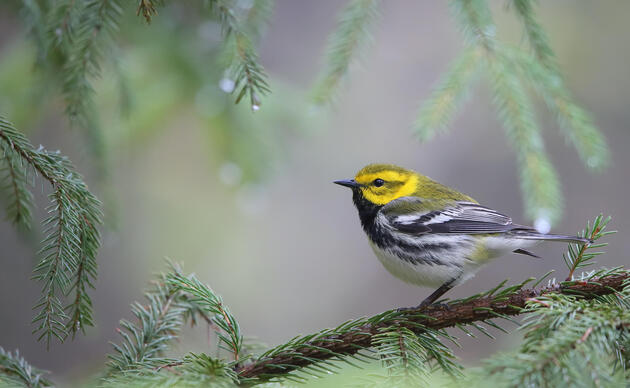Unfortunately, it was rainy again this Wednesday, but our Forest Classroom students are awesome and never let a little weather interfere with a good time. It stayed dry for us in the morning, so we started our day by identifying trees in two ways: First, we gave students real leaves laminated to paper and asked them to find a leaf from the forest floor that matches. This provided a great segway to talk about the different characteristics of maple leaves because some students were having trouble distinguishing between red maple and sugar maple leaves. Sugar maple leaves have smooth edges and five U-shaed lobes whereas red maple leaves have jagged edges and V-shaped lobes.
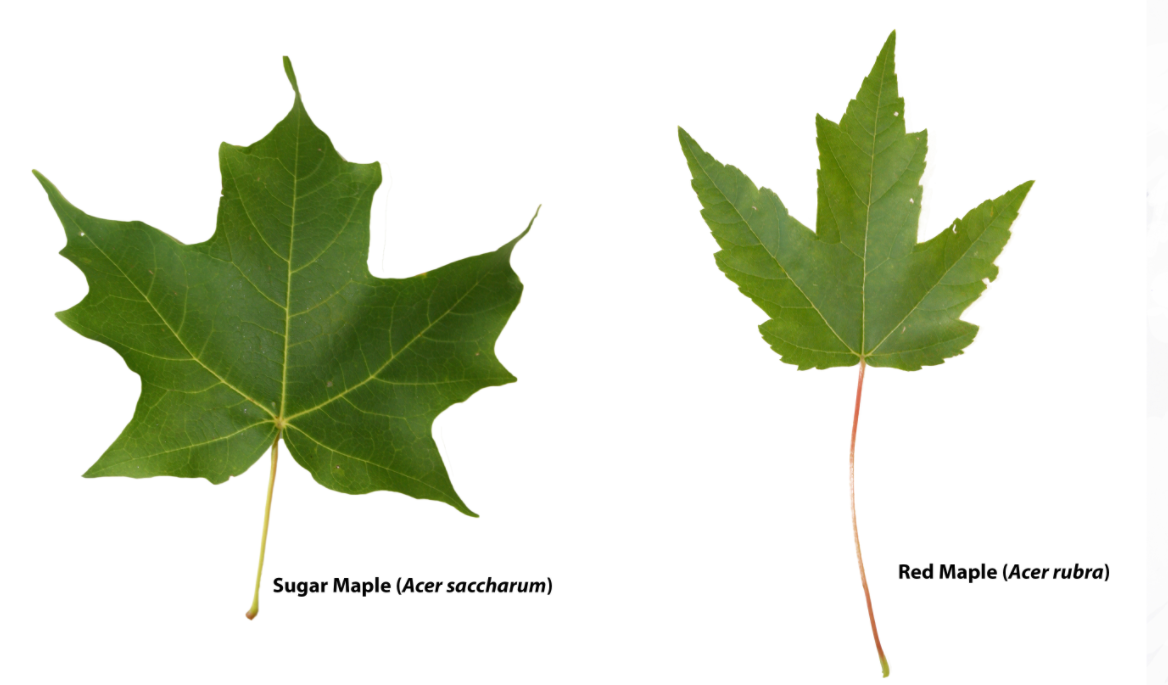
Next, we gave pairs of students dichotomous keys to identify the tree species around the clubhouse. A dichotomous key is a guide that offers the reader a series of choices (i.e. deciduous versus coniferous) that lead the user to the correct identification. Each pair needed to complete three correct IDs before we could move on.
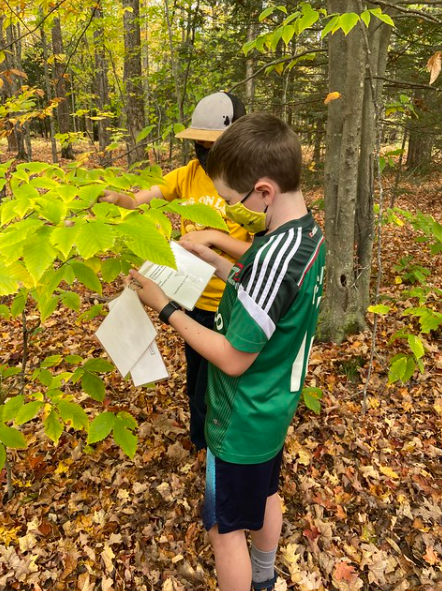
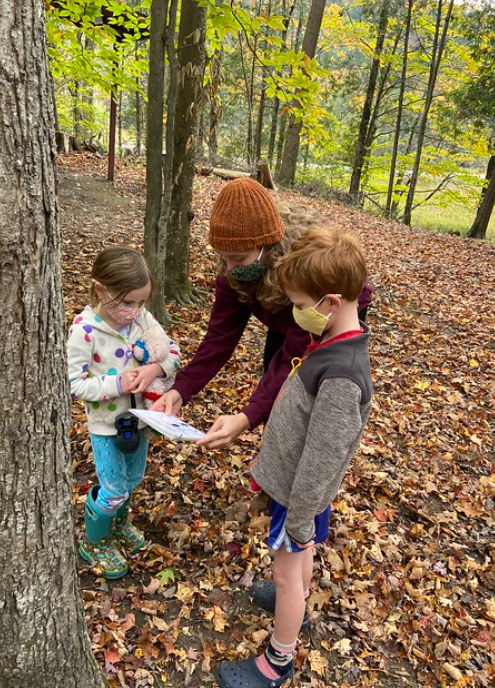
Once we identified the beech, oak, maples, hemlock and other trees around the clubhouse we headed to the field to rearrange the stumps back into our stump circle. We then sat in our new circle and listened to intentionally vague game instructions. Emily and I set up two hulahoops on either side of the sugarhouse field with six random items in each. We counted the students off by twos and then the ONLY direction given was "All items need to end up in the same hulahoop." The point of the game is to work together to move all of the items into one hoop, but because we (cunningly) counted the group off by twos they thought they had teams. So, the first ten minutes of the game was played like capture the flag with each team trying to steal items from the other team's hoop. Eventually, after reiterating the instructions several times a few students had an "AHA" moment and decided they would peacefully move all the items into a single hoop.
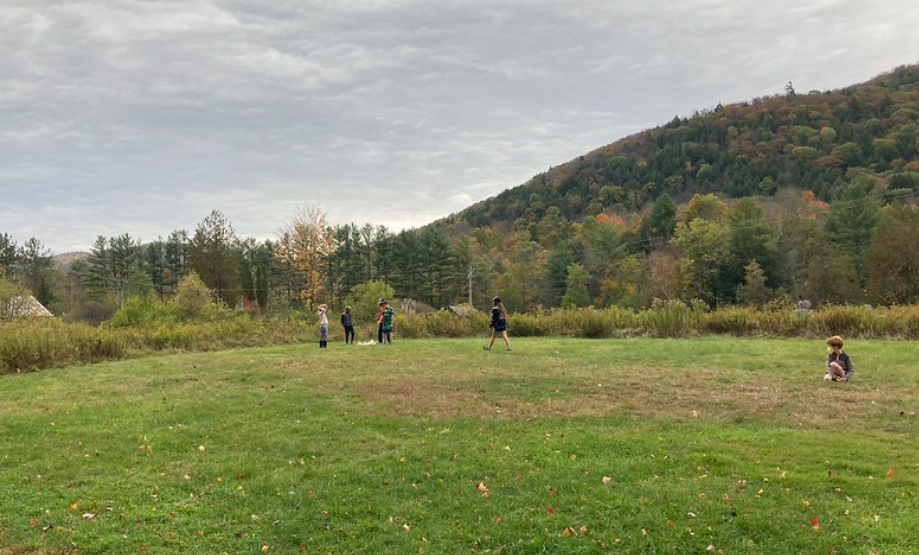
Then, the Audubon office radioed down some amazing news...there may be a beaver at Beaver Pond for the first time in 11 years! We decided to put on our rain gear and go on a beaver hunt to look for clues, or better yet, find the beaver! We walked stealthily to Beaver Pond, taking extra care not to drag our feet in the crunchy leaves and scare the beaver off. When we arrived we noticed marks on the ground that looked like someone had dragged something, perhaps a branch to make a lodge?
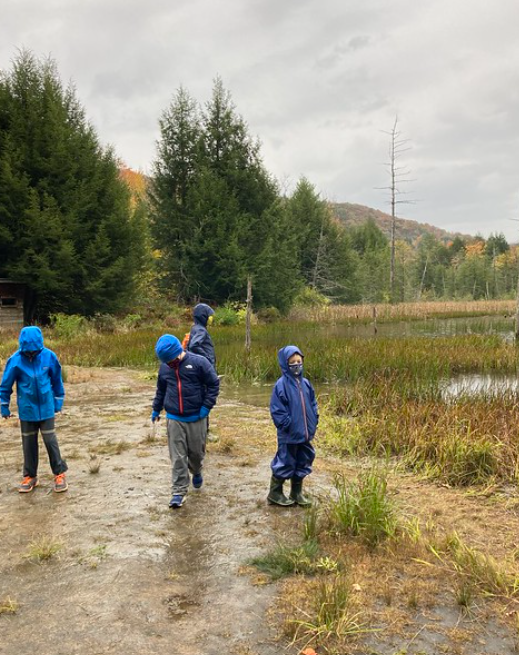
We also saw a lot of scat that may or may not belong to a beaver or a goose. We noticed that something may have jumped in the water across the pond and hiked over to check it out.
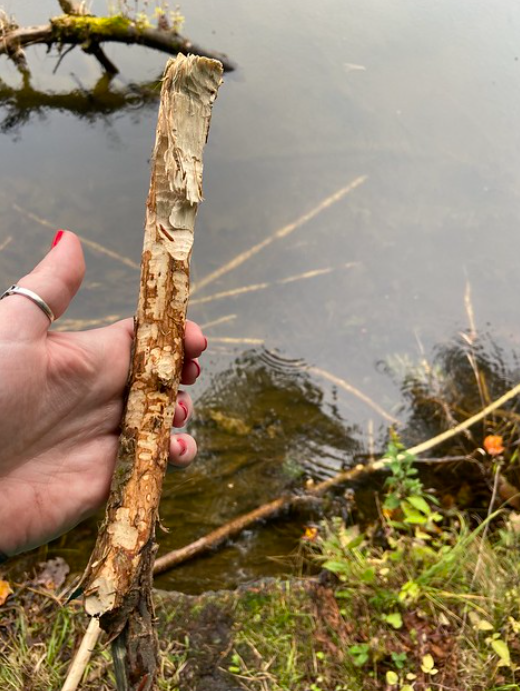
When we hiked down to the spot where we saw a splash and bubbles, we found a ton of sticks that had been gnawed on recently. Some were on the pond's bank and a huge pile was submerged in the water with the bark totally peeled off and eaten.
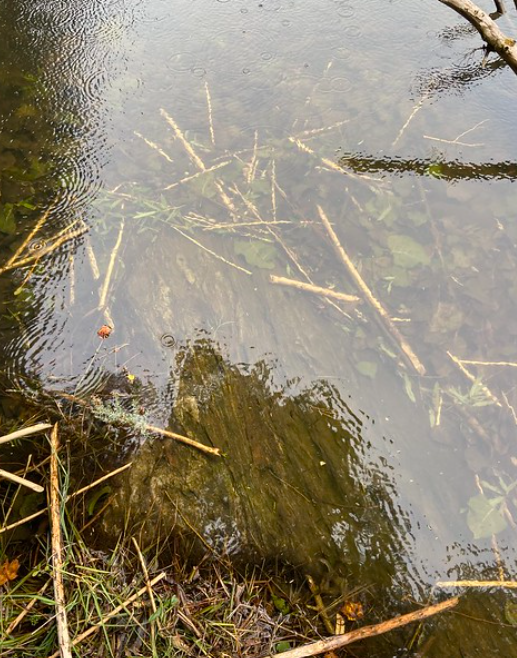
We never did see the beaver, but we know it's out there!
The rain let up while we hiked back to the clubhouse for lunch so we ate outside. We are about halfway through our chapter book and uncovering the mystery of who killed the robin in the story!
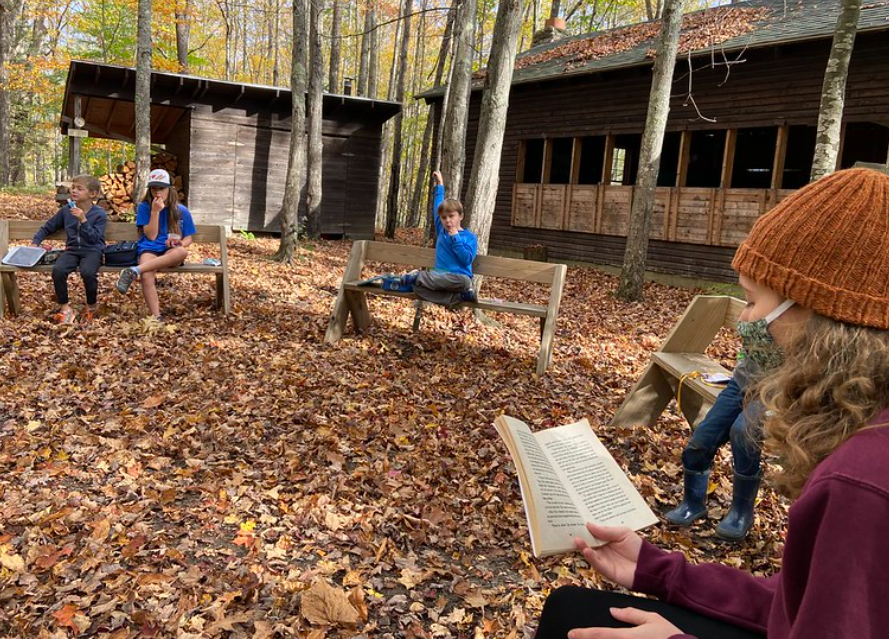
Can't wait until next week!
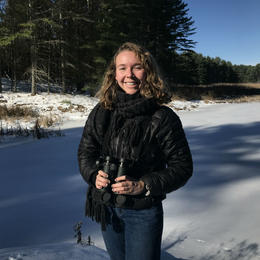
By Sarah Hooghuis
Take Action
Sign up for updates about Audubon Vermont's conservation work, get news about our activities and local events, and find out how you can take action to help birds.

